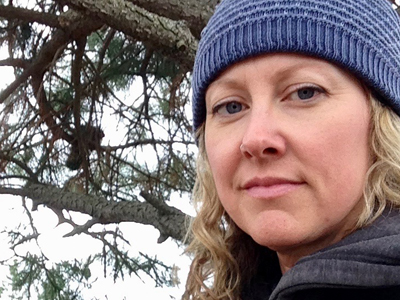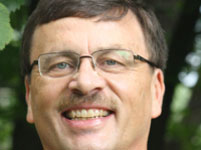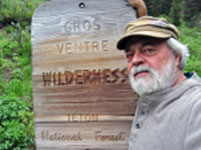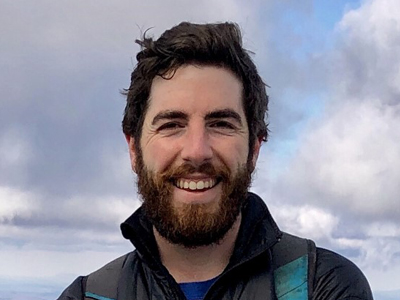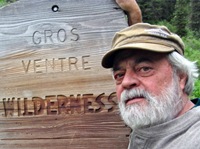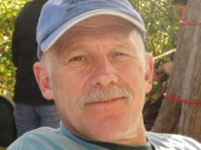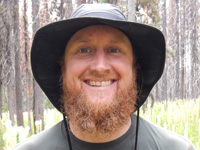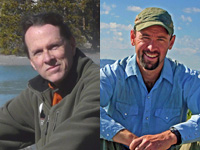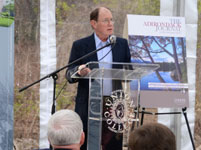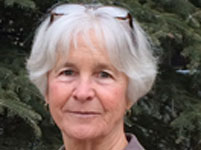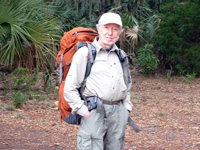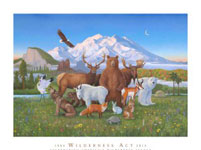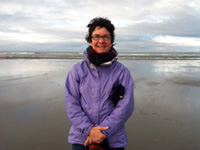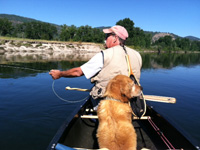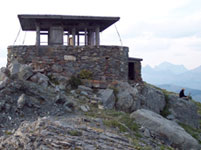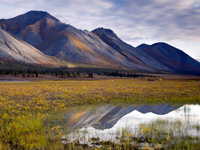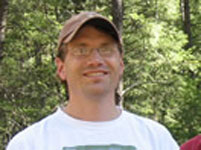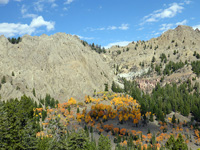Keeping Wilderness WILD!

New Isle Royale wolves ironically diminish island’s wildness
By Kevin Proescholdt
A recent AP story about a new report on the “recovery” of wolves at Isle Royale National Park in Lake Superior quoted me as saying, “We have felt and still believe that the National Park Service should not have intervened and set up this artificial population of wolves.” Why this stick-in-the-mud quote from an organization that defends wolves and Wilderness across the country in an otherwise positive story about wolves thriving on Isle Royale?

The “Protecting America’s Rock Climbing Act” is still an imminent threat to Wilderness
By Dana Johnson
I recently wrote an op-ed calling the proposed “Protecting America’s Rock Climbing Act” (PARC Act) an imminent threat to Wilderness. In response, members of the Access Fund, the group behind the bill, have been contacting individual publishers, pressuring them to pull the piece. They’ve (wrongly) called it misleading and “fake news,” and some have even resorted to publicly attacking the character of individual editors.

Wilderness Watch sues Forest Service for failure to control motorized towboats in the Boundary Waters Canoe Area Wilderness
By Kevin Proescholdt
Wilderness Watch has recently sued the U.S. Forest Service in federal district court over the agency’s decades of failures to control commercial motorized towboats in the fabled Boundary Waters Canoe Area Wilderness (BWCAW) in Minnesota as required. We are now awaiting the judge’s ruling on our motion for a preliminary injunction.

The “Protecting America’s Rock Climbing Act” is an imminent threat to Wilderness
By Dana Johnson
There are relentless pressures on the natural world at this moment, and right now, Congress has its attention on a bill that would compound those pressures in our most protected places. The boldly named “Protecting America’s Rock Climbing Act” will allow climbers to drill permanent metal anchors into Wilderness mountainsides and cliffs, leaving visual evidence of human development and undoubtedly drawing more climbers to sensitive and remote locations.

A Walk in the Winds
By Harriet Greene
My daughter and I drove south towards the turnoff, then seventeen miles on gravel to the trailhead. A pack trip was leaving and the wrangler, spitting a wad of tobacco, told us about “one of the best campsites” where we were headed. The trail climbed through a grove of aspens, stayed high on a sage-covered slope above Upper New Fork Lake, and we crossed into the Bridger Wilderness at 3.4 miles. Ah-h-h!
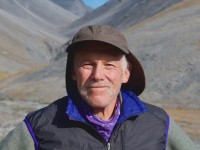
Utah Wilderness: Keep it Wild!
By Howie Wolke
The Colorado Plateau of eastern and southern Utah is a unique landscape of colorful sedimentary rocks and mesas dissected by spectacular canyons of the Green and Colorado River systems. And, despite a long history of ranching, mining and the associated dirt road network fragmenting the outback, much of this spectacular realm remains roadless and wild.
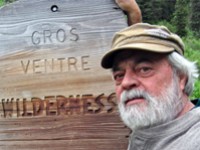
What is Wilderness Without its Wolves?
By Franz Camenzind
For millennia, wolves have occupied nearly all the lands now designated as Wilderness in the western US, with the exception of coastal California. Yet today, fewer than two score of the approximately 540 Wildernesses west of the 100th meridian (not including Alaska’s 48) can claim some number of wolves as residents and only a dozen or so harbor wolves in numbers sufficient to be considered sustainable—in either the Greater Yellowstone Ecosystem, Central Idaho Wildlands or Montana’s Northern Continental Divide Ecosystem...

We Need Big Holistic Wilderness
By Howie Wolke
Back in the 1980’s, Dave Foreman and I compiled The Big Outside, A Descriptive Inventory of the Remaining Big Wilderness Areas of the United States (Harmony Books, 1989). The primary purpose was to accurately depict the true extent of each large roadless area in the contiguous 48 states, defining “large” as 100,000 acres or more in the West, with a 50,000 acre minimum for the East. We defined roadless areas as physical entities delineated by the location of roads and other intrusions that actually interrupt the flow of wildness.

Wilderness for its own sake
By Roy (Monte) High
Over the years I’ve heard numerous people disparage the designation of wilderness areas by speaking on behalf of people with disabilities. They say that wilderness areas are unfair to the disabled because there are no roads allowed to take them there. I’ve heard it said that the designation of wilderness areas is like a slap to the face of the disabled population. As a person with a disability, I wholeheartedly disagree.

Ending La Luz run safeguards wilderness
By Kevin Proescholdt
The recent decision by Forest Service District Ranger Crystal Powell to deny the permit to run the La Luz Trail Run race through the Sandia Mountain Wilderness may be understandably unpopular with some runners and race organizers (“La Luz race hits end of trail as Forest Service denies permit,” Albuquerque Journal, May 15). But this decision is the proper one to protect the wilderness character of this iconic area.

Wilderness and the Value of Doing Nothing
By Dana Johnson
Along the high-elevation, wind-swept ridges of the West, a long-lived, gnarly-branched pine is in trouble. A species of stone pine known for its high stress tolerance and adaptability, whitebark pine is slow-growing and can live between 500–1,000 years. Lacking wings for wind-dispersal, its calorie-dense seeds are spread primarily by Clark’s Nutcracker, a member of the crow family with a specialized bill for extracting large seeds from pinecones and a pouch under its tongue for stashing and carrying seeds long distance. Those seeds are a prized food source for a range of species, including the imperiled grizzly bear.

Wilderness: Is it all about us?
By George Nickas
A while back I received an email from the founders of a recently established organization that was created out of a concern for the “wilderness visitor.” They wrote to challenge Wilderness Watch’s long-time insistence that the fundamental mandate in the Wilderness Act requires managers to—first and foremost—protect each area’s wilderness character. They claim WW’s position misinterprets the law, has incorrectly shaped the views of much of the conservation community and, to the degree we influence the federal agencies, caused them to protect Wilderness from the people.
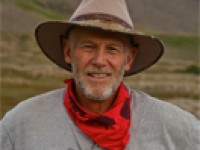
Thirty by Thirty and Half Earth: Promises and Pitfalls
By Howie Wolke
In 2016, legendary ecologist Edward O. Wilson published Half Earth: Our Planet’s Fight for Life. In this remarkable book, Wilson documents the ongoing anthropogenic planet-wide biological meltdown, the greatest extinction event since a meteor crashed into the Gulf of Mexico, about 60 million years ago. As a remedy, Wilson argues for protecting half of the Earth’s terrestrial acreage as inviolate nature reserves.

A Legal Win for the River of No Return Wilderness and a Call to Protect Wolves and Wilderness
By Dana Johnson
You might recall that in January 2016, the U.S. Forest Service authorized Idaho Department of Fish and Game (IDFG) to make 120 helicopter landings in the River of No Return Wilderness to place radio telemetry collars on 60 elk, despite the Wilderness Act’s clear prohibition on motorized intrusions and its directive to preserve an untrammeled Wilderness. To our knowledge, this was the most extensive helicopter intrusion in Wilderness that has ever been authorized.
Contact Us
Wilderness Watch
P.O. Box 9175
Missoula, MT 59807
P: 406.542.2048
Press Inquiries: 406.542.2048 x2
E: wild@wildernesswatch.org
Minneapolis, MN Office
2833 43rd Avenue South
Minneapolis, MN 55406
P: 612.201.9266
Moscow, ID Office
P.O. Box 9765
Moscow, ID 83843

